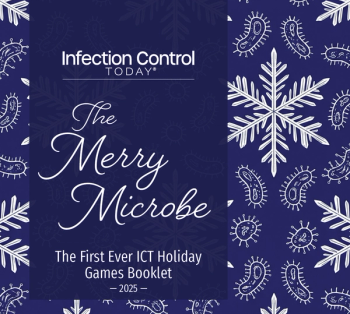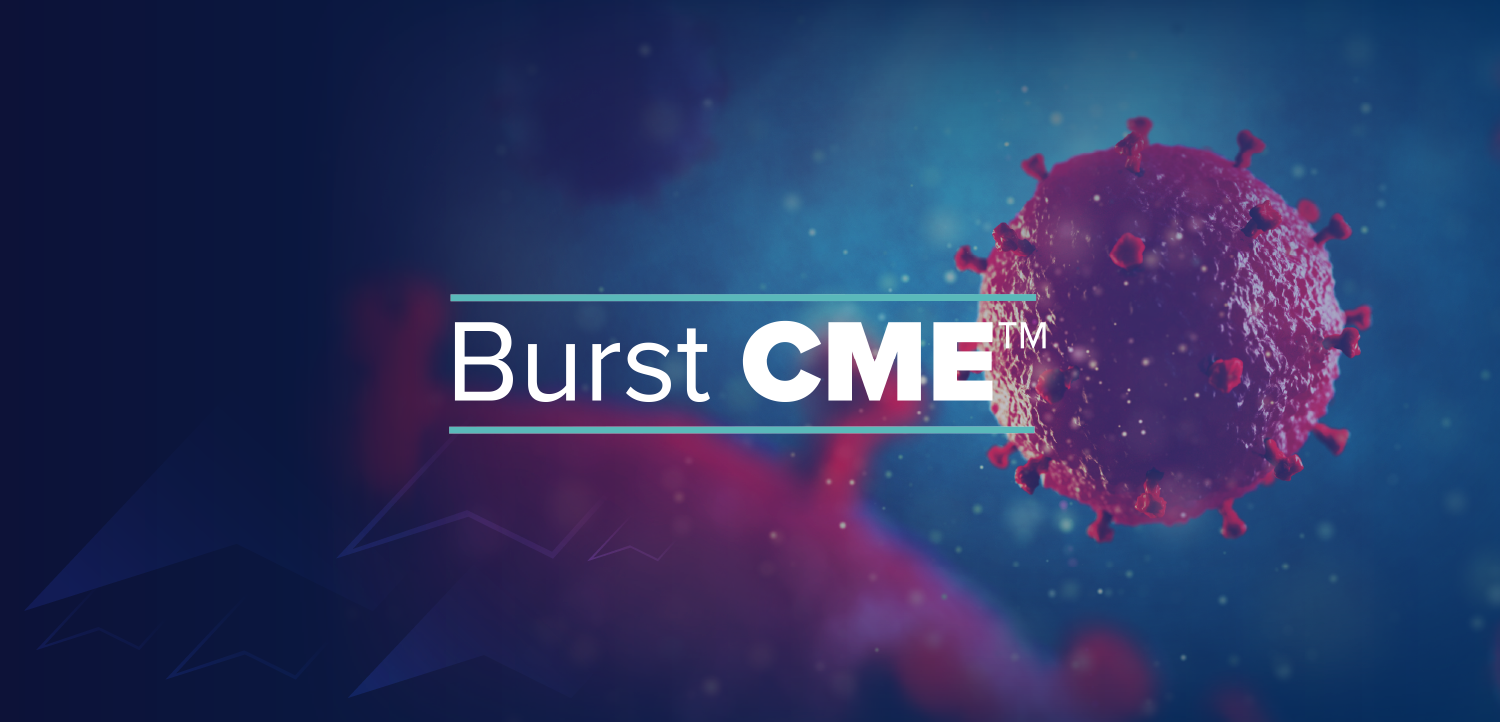
Bug of the Month: You Thought I Was Gone? Think Again!
The Bug of the Month helps educate readers about clinically significant pathogens, both existing and emerging, in today's health care facilities.
Bug of the Month helps educate readers about existing and emerging pathogens of clinical importance in health care facilities today. Each column explores the Bug of the Month's etiology, the infections it can cause, the modes of transmission, and ways to fight its spread.
The pathogen profiles span bacterial, viral, fungal, and parasitic species. We encourage you to use Bug of the Month as a teaching tool to help educate health care personnel and start a dialogue about microbiology-related imperatives.
I don’t need an invitation. I arrive when the balance is disturbed, when broad-spectrum antibiotics shatter the microbial harmony of your tough gut. That’s my cue. I’m opportunistic. I wait for the moment when the normal flora is weakened, and then I take over.
I’m anaerobic, thriving in environments devoid of oxygen. My metabolism is slow, but my impact is fast. I produce toxins, potent ones. Toxin A (an enterotoxin) and Toxin B (a cytotoxin). These are my weapons. They disrupt the cytoskeleton of intestinal epithelial cells, increase permeability, and trigger an inflammatory cascade. The result? Diarrhea, colitis, and in severe cases, pseudomembranous plaques that scar the colon.
I’m not easily removed. I form spores, my evolutionary insurance policy. These dormant forms can survive on surfaces for months, resisting heat, desiccation, and most disinfectants. I cling to bed rails, call buttons, commodes, and even the soles of shoes. Alcohol-based hand rubs? Cute, but they don’t touch me. Only soap and water can wash me away. And even then, I might linger if you don’t wash your hands properly.
I’m a master of persistence. My spores evade routine cleaning protocols unless bleach or sporicidal agents registered by the Environmental Protection Agency are used. I’ve seen an entire environmental services team struggle to contain me. I’ve caused outbreaks and forced changes in environmental cleaning policies.
I’m not just a nuisance; I’m a challenge to antimicrobial stewardship. My emergence is often linked to the overuse of antibiotics like clindamycin, fluoroquinolones, and cephalosporins. When these drugs wipe out the competition, I flourish. And when I do, I don’t just cause illness, I increase length of stay, readmission rates, and health care costs.
Infection preventionists know me well. They isolate my hosts, flag my presence in electronic medical records, and educate staff relentlessly. Contact precautions, hand hygiene audits, environmental cleaning checklists—these are the tools they use to fight me. But I adapt. I wait. I return.
I’ve even evolved. Hypervirulent strains like BI/NAP1/027 produce more toxins and are associated with higher morbidity and mortality. These strains are more resistant, more aggressive, and more difficult to treat. I’m not just a pathogen. I’m a test of vigilance, a reminder of the delicate balance between treatment and consequence.
Who am I? (Scroll down below the image)
I am Clostridioides difficile, but you can call me C diff.
Newsletter
Stay prepared and protected with Infection Control Today's newsletter, delivering essential updates, best practices, and expert insights for infection preventionists.






